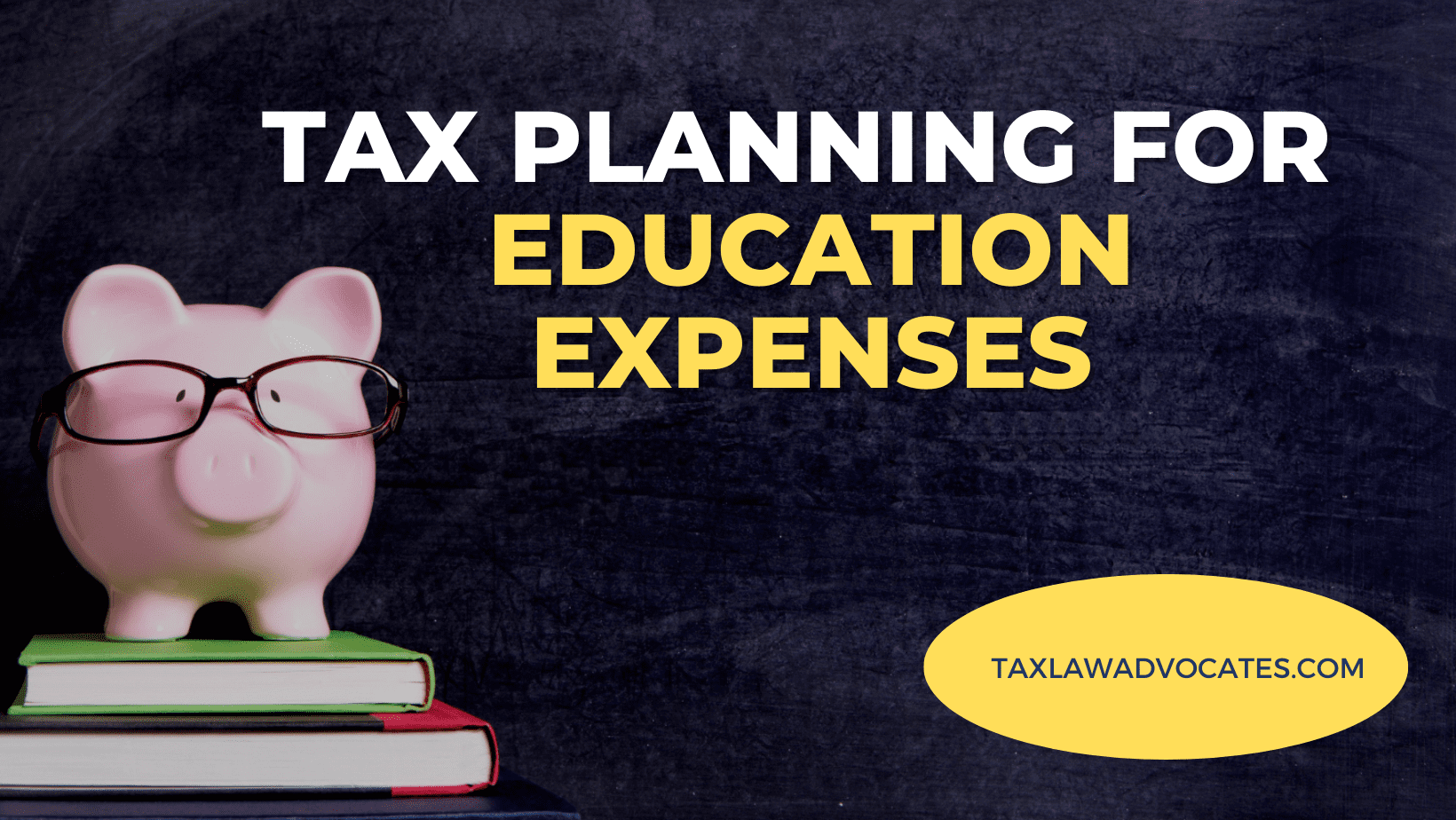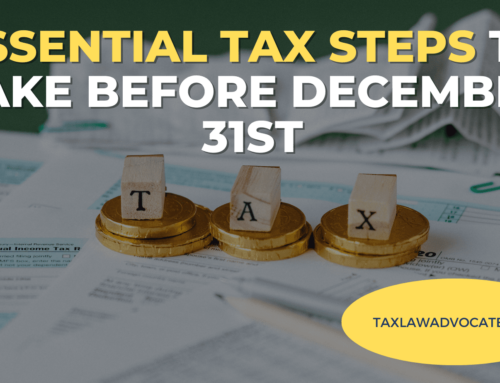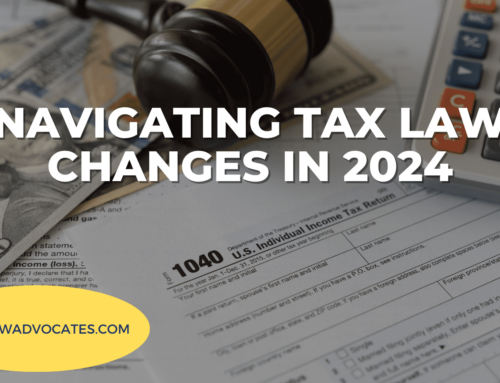Embarking on the education journey is a significant investment in time and money. Understanding the tax benefits of saving for education is essential to alleviate the financial burden. This comprehensive guide will explore the tax advantages of popular education savings tools, including 529 plans, Coverdell Education Savings Accounts (ESAs), and education tax credits. To help navigate this complex terrain, we’ll also shed light on the expertise of Tax Law Advocates, ensuring you make informed decisions for a brighter educational future.
1. Unveiling the Coverdell Education Savings Account (ESA):
Designed for families in lower income brackets, Coverdell ESAs offer unique advantages. These accounts allow contributions of up to $2,000 per year for beneficiaries under 18, providing potentially lower costs and tax-free treatment for various educational expenses, not just limited to college but also applicable to K-12 schooling.
Unlike 529 plans, ESAs provide investment flexibility. However, they come with certain restrictions. The account must be established for the child’s sole benefit, and contributions cease when the beneficiary turns 18. Tax Law Advocates recommend considering ESAs for their investment flexibility but emphasize that it might not suit everyone due to its limitations.
2. Understanding the 529 Plan Advantage:
529 savings plans, known as “qualified tuition programs,” are state-sponsored savings plans offering compelling tax benefits. Two main types exist: prepaid programs and savings programs, with the latter being more common. These plans function similarly to Roth 401(k)s or IRAs, investing after-tax contributions in mutual funds and similar investments.
Key advantages of 529 plans include flexible contribution limits, no income level restrictions, and no age limitations for beneficiaries. They allow for easy changes in beneficiaries and boast professional management by experienced investment managers. Tax Law Advocates often recommend 529 plans for their flexibility and generous contribution limits.
3. Comparing Coverdell ESAs and 529 Plans:
Both Coverdell ESAs and 529 plans serve as effective tools for educational savings, yet they differ significantly. A comparison chart reveals distinctions in contribution limits, income level restrictions, age of the beneficiary, investment options, and coverage of tuition and expenses for elementary and secondary education.
While 529 plans offer more flexibility and higher contribution limits, Coverdell ESAs provide greater control over investments. Tax Law Advocates recommend carefully considering these factors, as well as personal circumstances, before deciding on the most suitable savings plan.
4. Making the Right Choice: 529 Plans vs. Coverdell ESAs:
In most cases, Tax Law Advocates advise families to opt for 529 plans due to their flexibility, fewer limitations, and broader applicability. Families with higher incomes, a desire for contributions exceeding $2,000 annually, and those with beneficiaries over 18 may find 529 plans more advantageous.
However, Coverdell ESAs can be a strategic choice for families with lower incomes, children under 18, and those seeking investment flexibility. Tax Law Advocates stress the importance of considering state-specific tax benefits when making this decision.
5. Impact on Financial Aid and How to Open a 529 Plan:
Education savings accounts may impact financial aid eligibility, but the effect is generally limited. Both 529 plans and Coverdell ESAs are considered assets in determining Expected Family Contributions (EFC) for financial aid purposes.
Almost every state offers at least one 529 plan, providing a range of options. Tax Law Advocates recommend thorough research into investment options, considering performance over time, and weighing the pros and cons before selecting a plan.
6. Contribution Limits and Restrictions: Coverdell ESAs vs. 529 Plans:
Coverdell ESAs have more limits and restrictions compared to 529 plans. ESAs restrict annual contributions to $2,000, with an age limit on beneficiaries and penalties for unqualified expenses. In contrast, 529 plans have no annual contribution limits, no income restrictions, and no age limits.
Understanding these limitations is crucial in making an informed decision. Tax Law Advocates can guide families through the intricacies, ensuring compliance with contribution limits and optimizing the chosen savings plan.
7. The Bottom Line: Choosing the Right Path with Tax Law Advocates:
In conclusion, Tax Law Advocates emphasize the importance of aligning your education savings strategy with your unique circumstances. While 529 plans generally offer more flexibility and fewer restrictions, Coverdell ESAs can be a strategic choice for specific situations. Tax Law Advocates’ expertise ensures families make informed decisions, leveraging the full potential of available tax benefits for education expenses.
Embark on your educational savings journey with confidence. For personalized guidance and expert assistance, contact Tax Law Advocates at 855-612-7777 or visit our website. Let Tax Law Advocates be your partner in maximizing the benefits of education-focused tax planning. Your educational dreams deserve the best financial strategy—trust Tax Law Advocates to guide you.






